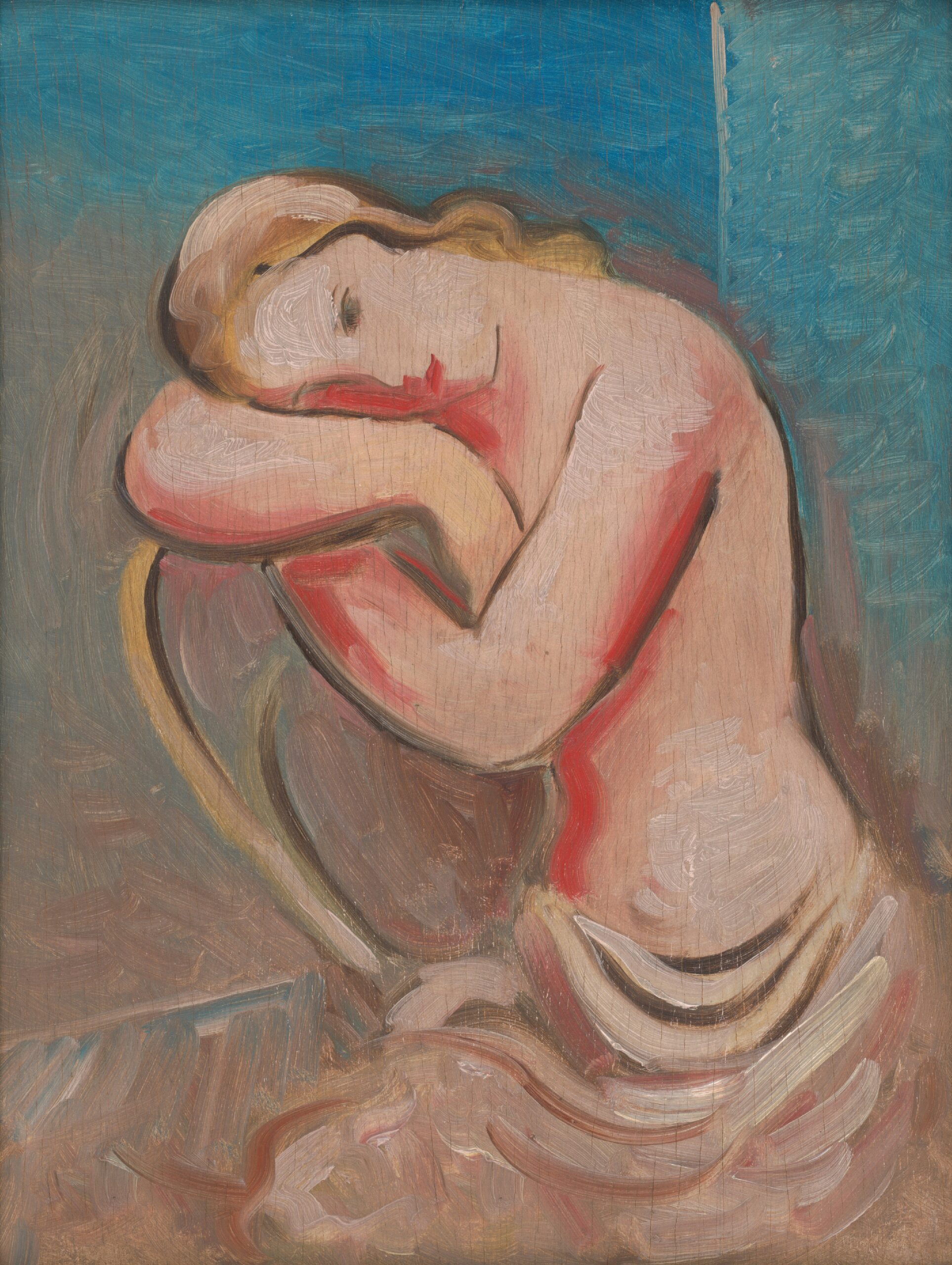by Emma Barron
This hybrid sport between Trinity and Scottish universities first began in 1962. However, games between Ireland and Scotland date way back to 1896, with the first game taking place between London Scottish and London GAA. The games occurred annually, alternating location each year. With the arrival of the 1920’s, controversy arose as the British government became unhappy with Scotland’s co-operation with the GAA disapproving of their perceived anti-British viewpoint and the international series was put on hiatus. Nonetheless, universities such as Trinity College and Edinburgh kept the Shinty-Hurling competition going until the 1970’s when the international series was re-introduced. So, here we are in 2011, keeping the tradition alive, despite the freezing weather.
I was immediately struck by how similar Shinty and Hurling are. Save for a slight difference in stick, team size and a few rules, one could easily place a Shinty player in a Kilkenny jersey and swear he was from Ballyhale. In fact, some of the Edinburgh team hail from Kingussie Shinty club, Scotland’s equivalent of Kilkenny. Shinty-Hurling is the only sport in the world without any dedicated clubs or leagues. So, for the students that took part in the inter-varsity challenge it was quite an opportunity. The Shinty-Hurling games use compromised rules in order to give both sides an equal shot of victory.
GAA players use hurls while Shinty players use a stick called a ‘caman’ with is similar to a hurl, with a thinner and thicker bos.
Shinty players usually are not allowed to handle the ball so hurlers are subject to the same rule with the exception of the goalkeeper. It is also forbidden to kick the ball.
The GAA points system remains intact; goals are 3 points and scores over the goal crossbar are worth 1 point. A stationary ball taken straight from the ground is worth 2 points.
Shinty matches last 90 minutes but this is reduced to the usual 70 minutes of a normal GAA match.
While it is mandatory for Hurling/Camogie players to wear protective helmets, Shinty players are not required to.
Though the playing balls of the two games are strikingly similar (leather & cork ball), a sliotar is used for one half and a Shinty ball used in the other.
And last but not least, each side has 11 Players.






